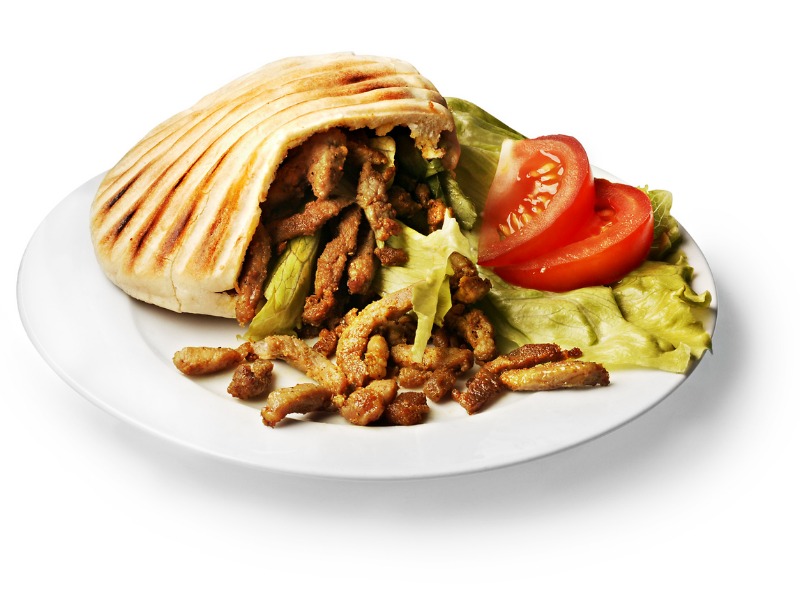
Despite falling energy and other commodity prices, food price inflation remains elevated, says Fitch Ratings.
In a new report, the rating agency said that the food component of consumer inflation rates have continued to rise even as many of the primary inputs used in food production have dropped significantly.
“Many of the upstream cost pressures which drove food prices higher, from raw commodities to fertilizers and energy are now falling rapidly,” Fitch said. “But long lags in the pass-through of primary input costs and broader pressures on wages, rents and distribution costs are keeping retail inflation rates high.”
The resilience of food prices partly reflects the fact that manufacturers and retailers face broader costs than just the price of primary inputs, the report said.
“Food prices have been driven not just by raw commodity prices but also by an increase in costs along the supply chain,” it said — noting that manufacturers have been impacted by supply chain disruptions, and labour-intensive retail segments (grocery stores and restaurants) have been affected by rising wages.
Additionally, it can take as long as a year for the effects of declining input costs to impact retail prices, Fitch said.
“Typically, higher input costs are felt first by farmers, then by processors, manufacturers, and finally by retailers,” it said.
In the months ahead, food price inflation is expected to ease, Fitch said, “but risks remain from extreme weather events, low inventories in global grain markets and geopolitical developments.”